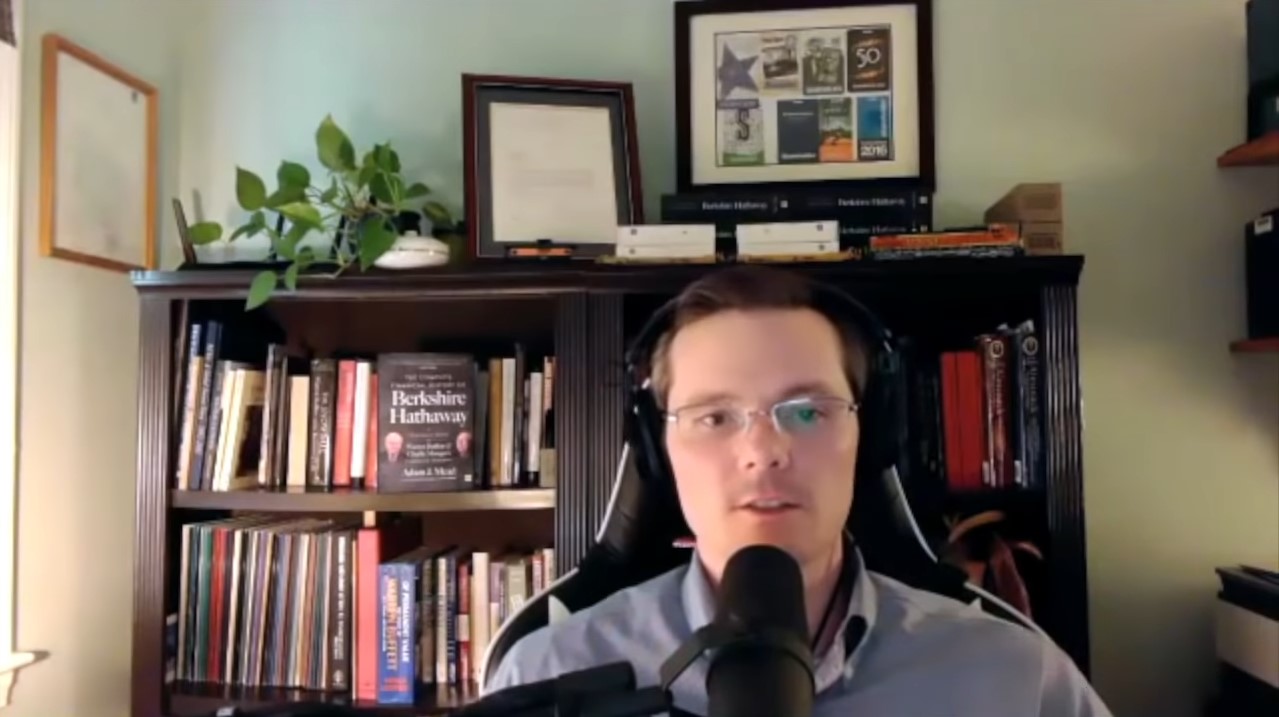During his recent interview on The Acquirers Podcast with Tobias, Adam Mead, author of The Complete Financial History of Berkshire Hathaway discussed Buffett’s Strategy Of Having No Strategy. Here’s an excerpt from the interview:
Q1 2021 hedge fund letters, conferences and more

Buffett’s Strategy Of Having No Strategy
Tobias: As an investor, having conducted this extensive research on the great industrialist of our age, what do you take out of it that you want to use in your own process?
Adam: I really came to appreciate– Again, it’s almost paradoxical that the simplicity but also the complexity of it. The model that I used in the book to look at all these acquisitions over time is this pretax return on capital. You have very basically, how much capital does the business need to operate? What’s the capital intensity? What are the margins? I came to realize that Buffett hangs everything off of that. You listen to his words, and it’s okay, what will cause margins to change? What will cause capital intensity to change up or down? What will competition do to affect those things? And so, it’s a very simple model, but it’s very hard to figure out.
I really came to appreciate just how hard it is, I guess, even though it is simple. This patient approach, and Buffett even writes about several times, this strategy of having no strategy where you just have to keep turning over rocks, keep going, but be opportunistic when things come along and really just do the best thing that’s in front of you at the time, and all of the mistakes, but we’re so lucky that Buffett highlights his mistakes– and all these mistakes are just reassurance that you know, geez, he’s going to make mistakes, learn from them, but also, don’t beat yourself up too much when you make the mistakes.
You can find out more about Tobias’ podcast here – The Acquirers Podcast. You can also listen to the podcast on your favorite podcast platforms here:
- Apple Podcasts
- Breaker
- PodBean
- Overcast
- Youtube
- Pocket Casts
- RadioPublic
- Anchor
- Spotify
- Stitcher
- Google Podcasts
For all the latest news and podcasts, join our free newsletter here.
Article by The Acquirer’s Multiple
